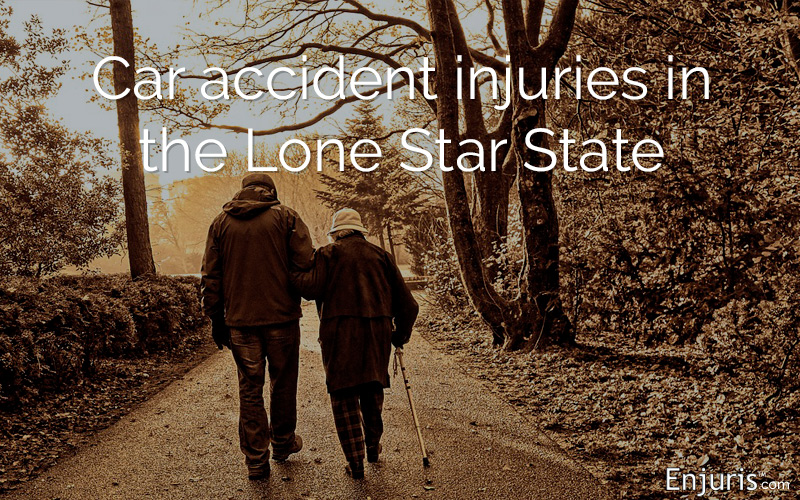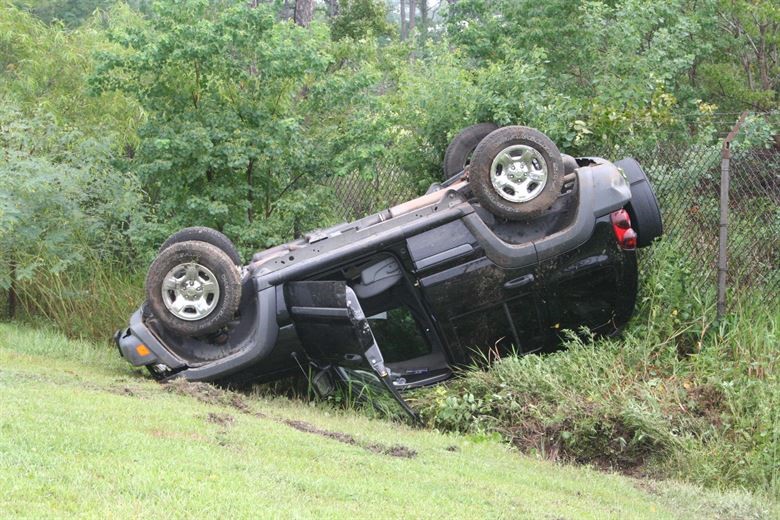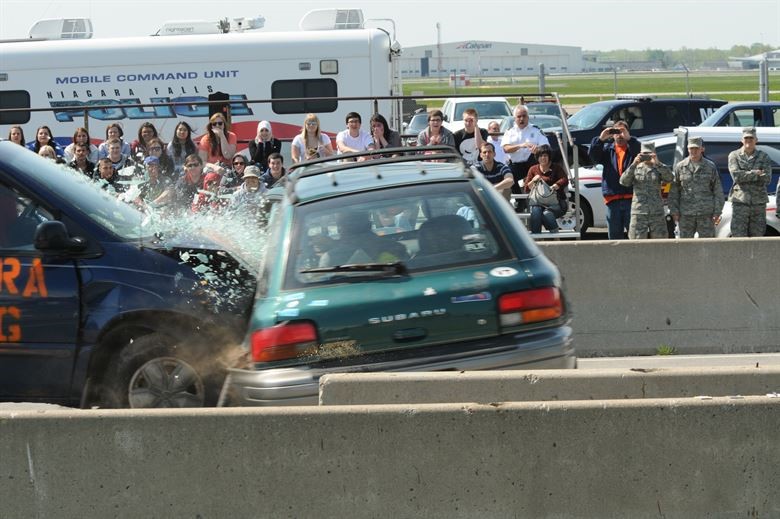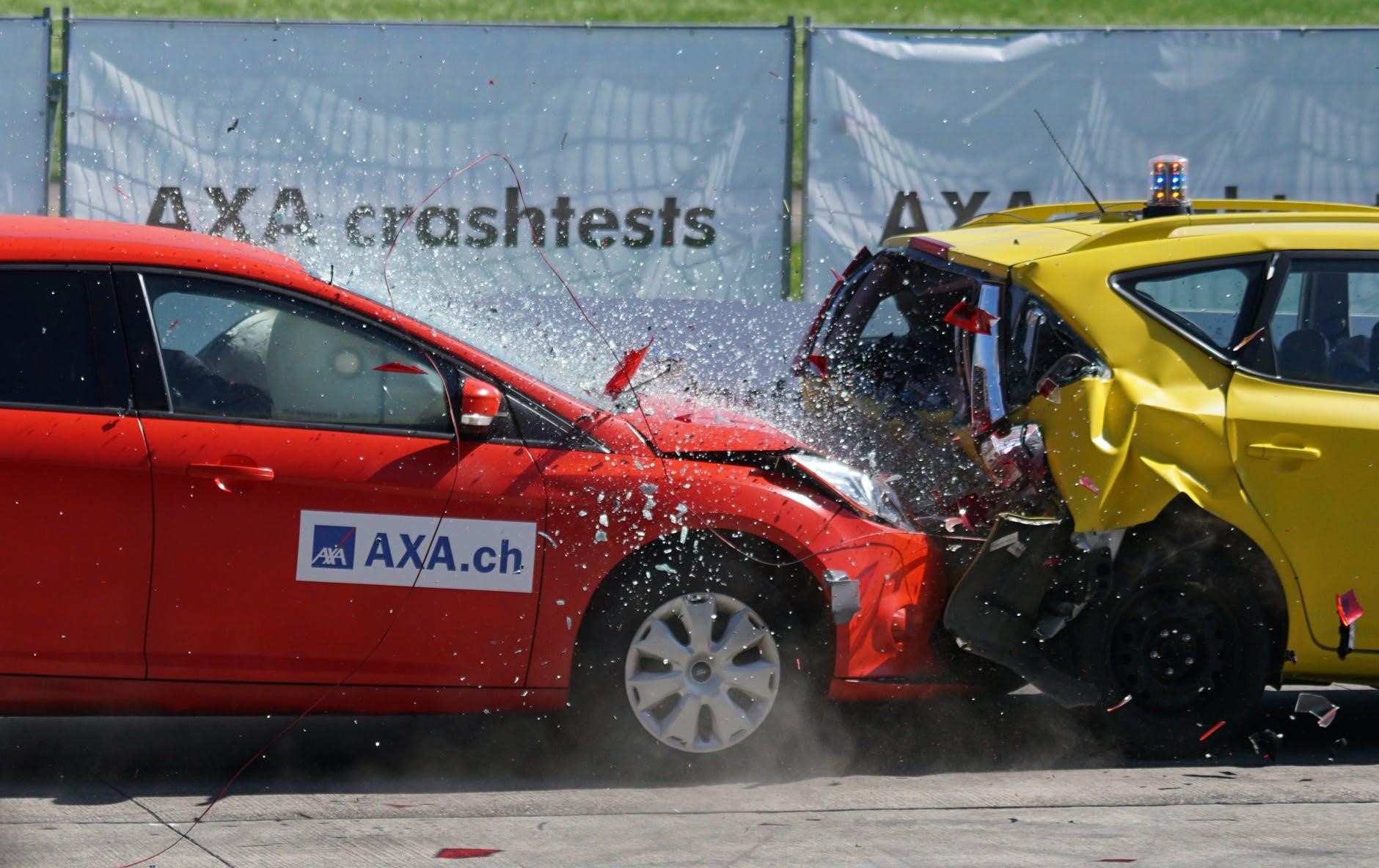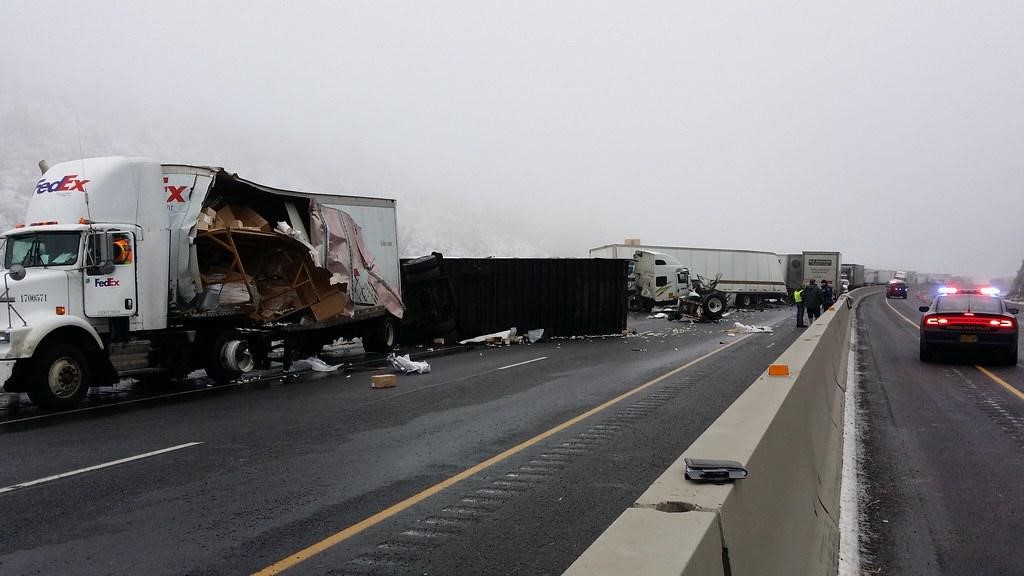Hablamos español.
Common injuries based on different types of car accidents
Texas car accidents, whether they occur at a busy intersection in Dallas, on a highway outside Houston, or a rural road in Guthrie, all have one thing in common: they can cause devastating consequences.
Though all car accidents are different, certain injuries occur more frequently with certain types of accidents. Understanding what injuries are commonly associated with your accident can help predict just how difficult it will be to convince the judge, jury, or insurance adjuster that you sustained your injury in the accident.
Car accident statistics
According to the Texas Department of Transportation, in Texas in 2018:
- 1 person was killed every 2 hours 25 minutes in a car crash
- 1 person was injured every 2 minutes 7 seconds in a car crash
- 1 reportable crash occurred every 58 seconds
Perhaps as alarming as these statistics is the fact that Texas leads all states in the number of fatal crashes and fatalities caused by car accidents.
Are car accident fatalities on the rise in Texas?
After 7 straight years of increases, the number of traffic fatalities in Texas fell in 2018.
According to the Texas Department of Transportation, traffic fatalities dropped almost 4% from 3,720 in 2017 to 3,567 in 2018.
Traffic fatalities had risen 34% since 2010 before declining. Nevertheless, the number of deaths remains 25% higher than 2010 levels.
To date, driving under the influence of alcohol and speeding are the leading causes of fatal traffic crashes in Texas.
Types of car accidents and related injuries
Different types of car collisions result in different types of injuries, ranging from minor scrapes to broken bones or even death. Let’s take a look at the common injuries associated with each type of car accident.
Head-on accidents
Head-on collisions are when the front ends of 2 cars traveling in the opposite direction collide. Head-on collisions generally result in the vehicles impacting a break-neck speed, which can wreak havoc on your body, especially if you’re not wearing your seatbelt.
As explained by Dr. David Logan, Senior Research Fellow from Monash University Accident Research Center:
"If you were unbelted for example, as the car starts to slow down, your body will continue to move forward at the speed the car was traveling. So the car could slow down in the first 30 milliseconds from 37 miles per hour... as it runs into the wall or the other car that it’s hitting. But your body–if not connected to the car via the seatbelt–will continue to move forward at 37 miles per hour until it contacts something, and the first thing it will contact is the steering wheel with your chest, and your head on the windshield.”
Accidents that occur head-on often result in severe injuries, including:
Rollover accidents
A rollover accident occurs when a vehicle flips over onto its side or roof. Rollover accidents are most common among large trucks, but cars can rollover as well (particularly SUVs and vans due to their high center of gravity).
Rollover collisions can be caused by several different factors, but speed most often plays a role.
According to the National Automotive Sampling System Database, a majority of rollover crash victims sustain injuries to 5 main areas of the body:
- Head and neck
- Thorax
- Abdomen
- Upper limbs
- Lower limbs
Side-impact (t-bone) collisions
Side-impact accidents (also known as “t-bone” or “right-angle” collisions) occur when the front or rear end of a vehicle collides with the side of another vehicle.
Although many modern vehicles come equipped with side-impact airbags, this safety precaution may do little to prevent serious injury or death depending on either vehicle's rate of speed at the time of impact, the size of each car, and whether the impact occurred in one of the car's “crumple zones.”
Soft tissue injuries are common in right-angle collisions, as are:
- Traumatic brain injuries
- Neck and back injuries
- Injuries to the abdominal and pelvic areas
Interestingly, while the rear of the car used to be considered the safest place to sit, this is no longer the case.
Sideswipe collisions
Sideswipe accidents happen when 2 parallel cars traveling in the same direction collide, thus “swiping” each other on the sides. This type of accident often occurs when one driver tries to change lanes but doesn't see the other driver or carelessly drifts into another lane because the driver is distracted or intoxicated.
Many sideswipe accidents are minor and result only in cosmetic damage to both cars. However, these accidents can be severe when the vehicles are traveling at a high rate of speed and the force of the impact is strong enough to cause one of the cars to strike a guardrail, tree, or another vehicle.
Rear-end accidents
Rear-end collisions occur when one car crashes into the vehicle in front of it. Rear-end accidents can be caused by a number of factors, including distracted driving and following too closely.
Whiplash is by far the most common and serious injury associated with rear-end accidents.
Drivers and passengers involved in a rear-end collision should get checked out by their doctor for whiplash as soon as possible following an accident, even if the fender-bender seemed minor or occurred at a low speed. Whiplash symptoms may take several hours or even days to appear, and the sooner you can get treated the better.
Single and multi-vehicle accidents
Car crashes involving only 1 vehicle are considered single-car accidents. This is when a vehicle collides with a fixed object such as a tree or light pole. Single-car accidents can be caused by road defects, weather conditions, or negligence on the part of the driver. Property damage is common in these types of crashes, but physical injuries can certainly result as well.
Multi-vehicle accidents or “pile-ups” are accidents that involve more than 2 vehicles. Highways, interstates, and freeways are common locations for pile-ups since drivers traveling at a high rate of speed find it difficult to avoid a collision that happens right in front of them. In addition to injuries common among other types of accidents, multi-vehicle accident victims frequently suffer from burn injuries due to fires and explosions that occur at the crash scene because of spilled fuel.
Personal injury claims vs. wrongful death claims
In addition to the injuries listed above, any type of car accident can result in the most grievous injury of all: death.
While a personal injury lawsuit may be appropriate if you’re injured in a car accident, you’ll need to file a wrongful death claim if a loved one has been killed in a car accident. Wrongful death claims are similar to personal injury claims and are intended to allow the loved ones of the deceased to recover damages.
If you’ve been injured in a car accident, no matter the type, consider using our free online directory to reach out to an experienced Texas attorney in your area.
See our guide Choosing a personal injury attorney.


